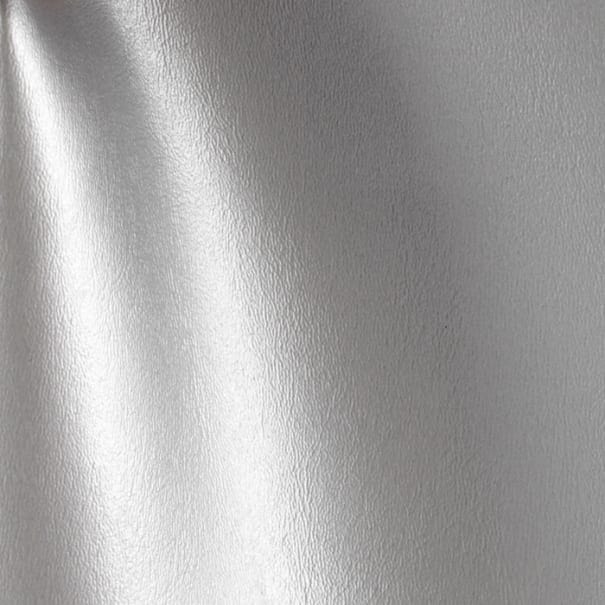Redoing a bathroom is a fun project that can turn a boring, drab spot into an oasis. A newly tiled shower can make a huge difference in a bathroom makeover, which is why many people choose to DIY this project as the first choice in a home renovation. Redoing a shower is relatively easy and can be done over a long weekend. However, things can go very wrong quickly if you do not properly prepare the area or you find yourself making these mistakes when installing shower tiles in your new bathroom.
Choosing the Wrong Tile for the Shower
Did you choose wall tiles for floor tiles? Did you know these two are rated differently and cannot be swapped? Using the right shower tiles in your project is a must as not every tile is created equal. Make sure the tile you’ve chosen is appropriate for your shower project. Keep in mind that tile for the floor versus tile for the shower are rated differently and should not be used for the opposite purposes.
differently and cannot be swapped? Using the right shower tiles in your project is a must as not every tile is created equal. Make sure the tile you’ve chosen is appropriate for your shower project. Keep in mind that tile for the floor versus tile for the shower are rated differently and should not be used for the opposite purposes.
Check The Coefficient of Friction (COF) Rating
Every type of ceramic and porcelain tile has a certain COF rating. Tiles on the floor must have a certain amount of friction so they are safe to walk on. The opposite is true for wall tile because wall tile does not have a friction requirement so it can be as smooth as glass. You do not want a slick wall tile installed on the floor because that will be a recipe for disaster, especially in your bathroom.
Porcelain Enamel Institute (PEI) Rating
This type of rating defines durability and hardness. Class 1 is generally used for areas with no foot traffic where Class 5 has heavy foot traffic, the latter of which you are more likely to find in commercial settings. You can find these ratings on the manufacturer’s website.
Not Flood Testing Before Installing the Tile
Did you forget to test the area for water tightness before you began installing your bath tiles? This can lead to a major disaster, especially if there are leaks, which can then lead to costly repairs down the road. So just how do you complete a flood test?
First, plug the drain with a properly fitted pneumatic air expansion plug or mechanical pipe plug. Then, create a temporary dam in the shower. Fill the water to the required height. Make sure this water comes from another source and not from the shower. This method will eliminate the possibility of water leaking from anywhere else.
After the floor is flooded, let the water sit in the shower area for about 24 hours. After the 24 hours is up, check to see if there is any leakage or a significant amount of water loss. If there is a lot of water loss, it could be the waterproof membrane was not installed correctly or a few bolts need to be tightened down. Be sure to correct the problem before performing another flood test and installing bath tiles. If there is no leakage then you are good to start your tiling project.
Don’t Assume Sealers, Grout, and Tile Create a Waterproof Shower by Themselves
The shower area needs to be properly prepared before shower tiles can be installed. If the area is not prepared beforehand then you could end up with leaks. This is disappointing after spending hours on a bathroom remodel and only to end up an even bigger mess in the end.
installed. If the area is not prepared beforehand then you could end up with leaks. This is disappointing after spending hours on a bathroom remodel and only to end up an even bigger mess in the end.
One of the most important prep pieces is to ensure the backer board is solid as this is the foundation where your shower tiles will be installed. The backer board should be sturdy and sound. If the backer board is not sturdy and solid then it is a good idea to replace it before starting your project.
Preparation is key when it comes to waterproofing your shower. While tile and grout are water-resistant, they will not stop water leaks from happening if the area has not been properly prepared.
Miscalculating the Slope for the Drain
We get it, math is hard, but if you do not have the right slope for the drain in your bathroom then it could end up flooded. Not only is standing water a pain to get rid of, but the aftermath can provide a breeding ground for bacteria. So how do you measure for the slope of the drain?
The floor should have one quarter per foot pre-slope. This means before any bath tiles are laid on the floor, you should have a slope of a quarter for every foot. If you have any doubts about this call a contractor because this could be a costly mistake.
Bad Grout
So many things can go wrong if you use a bad grout as you could experience leaks, mold, or falling tiles. The right grout can make the tile stand out while keeping water where it is supposed to be, which is in the shower. Epoxy grout is one type of grout that is water-resistant and works as a sealing adhesive. It works well in damp areas because of its longevity, durability, and its bonding power.
Another option is cement grout, which is more of the traditional grout most people think of. It can be sanded or unsanded but there are downsides to cement grout. Generally, it stains and molds easily so you may find yourself having to regrout your shower tiles in a few years. Cement grout also requires sealing where epoxy grout does not. There are major pluses to epoxy grout, which is why it has been the favorite in recent years.
Make Your Project go Smooth the First Time Around
DIY projects are much more fun when mistakes can be avoided so be sure to prepare the shower area for waterproofing and flood testing. This can save you both time and money while retiling your bathroom. Furthermore, finding the right grout for your project to properly seal and maintain your ceramic shower tiles for the future.


























